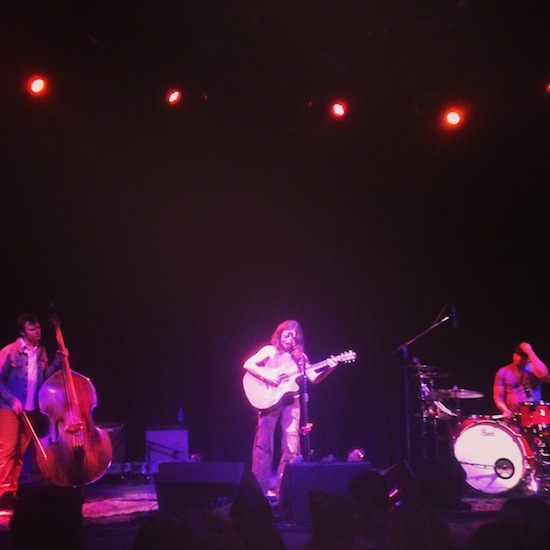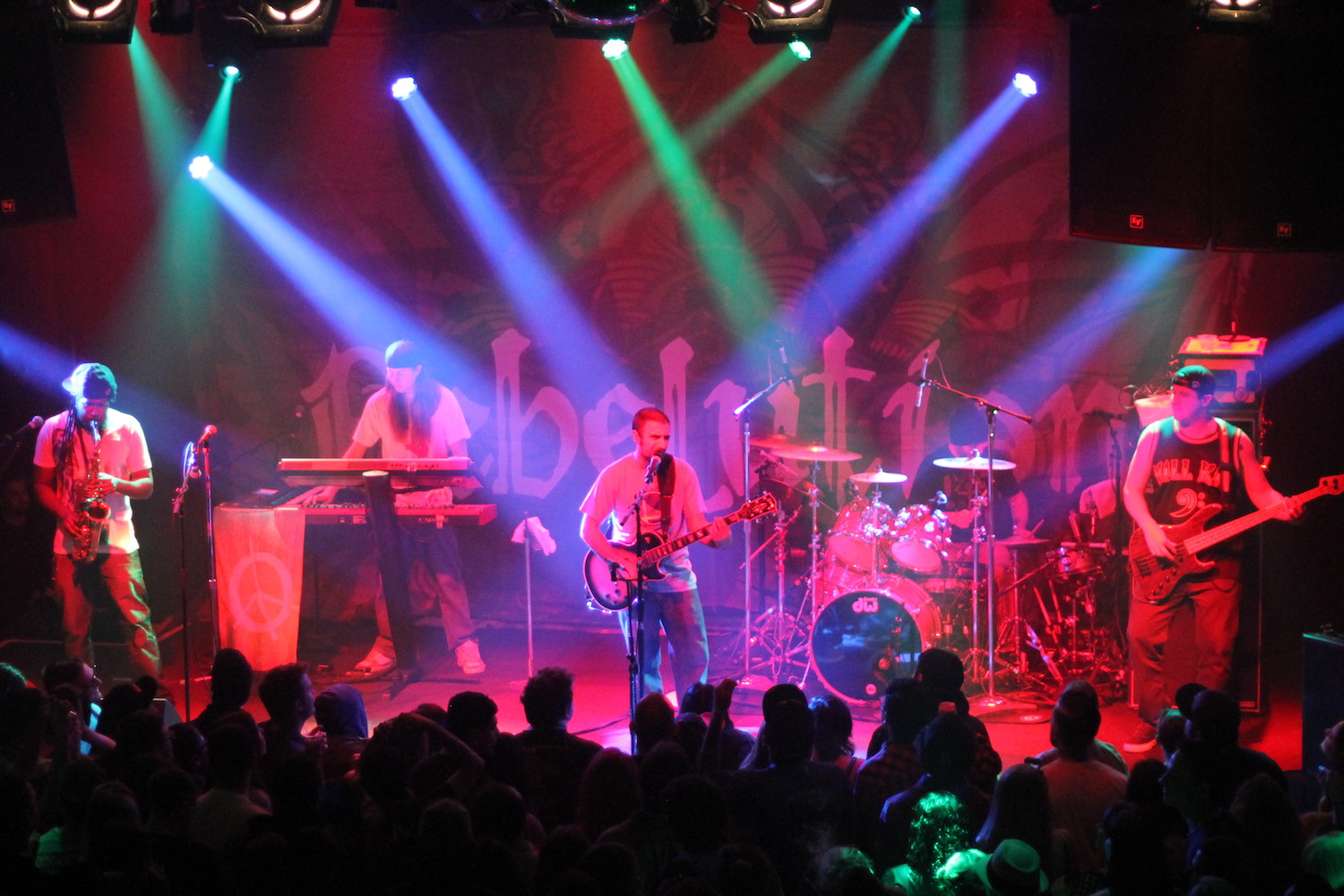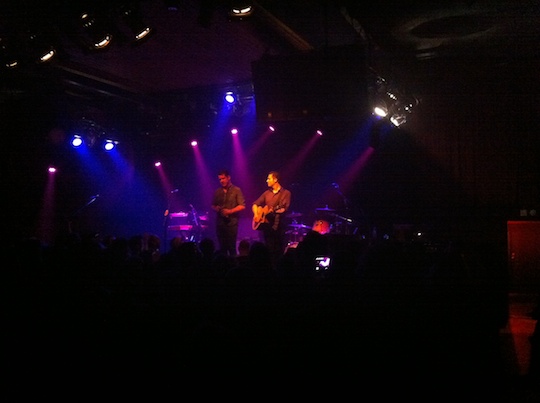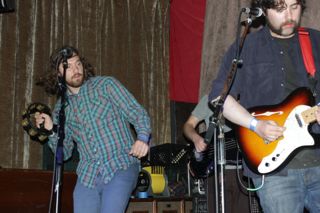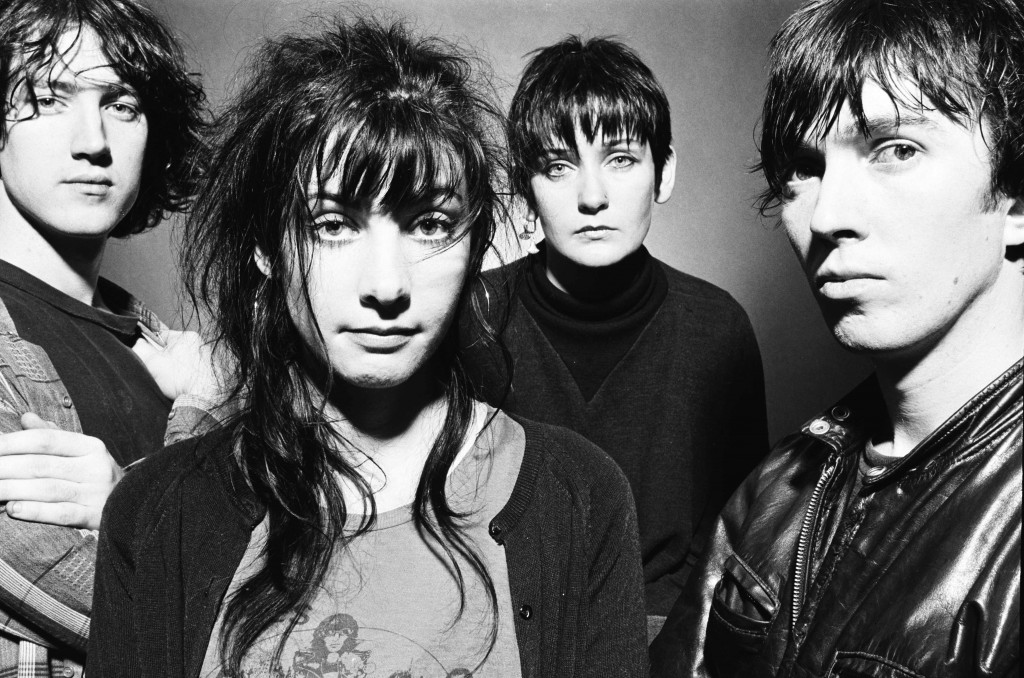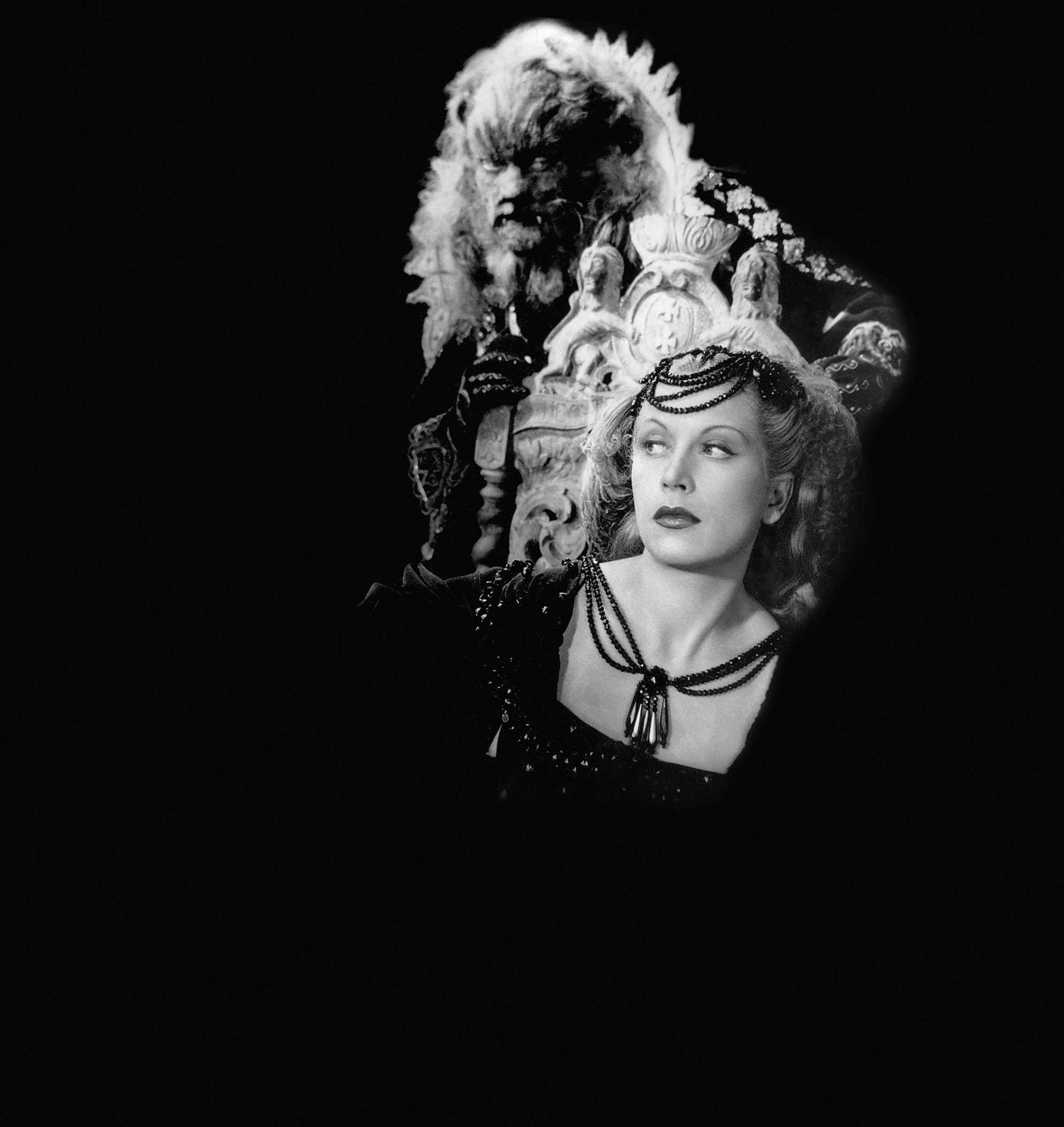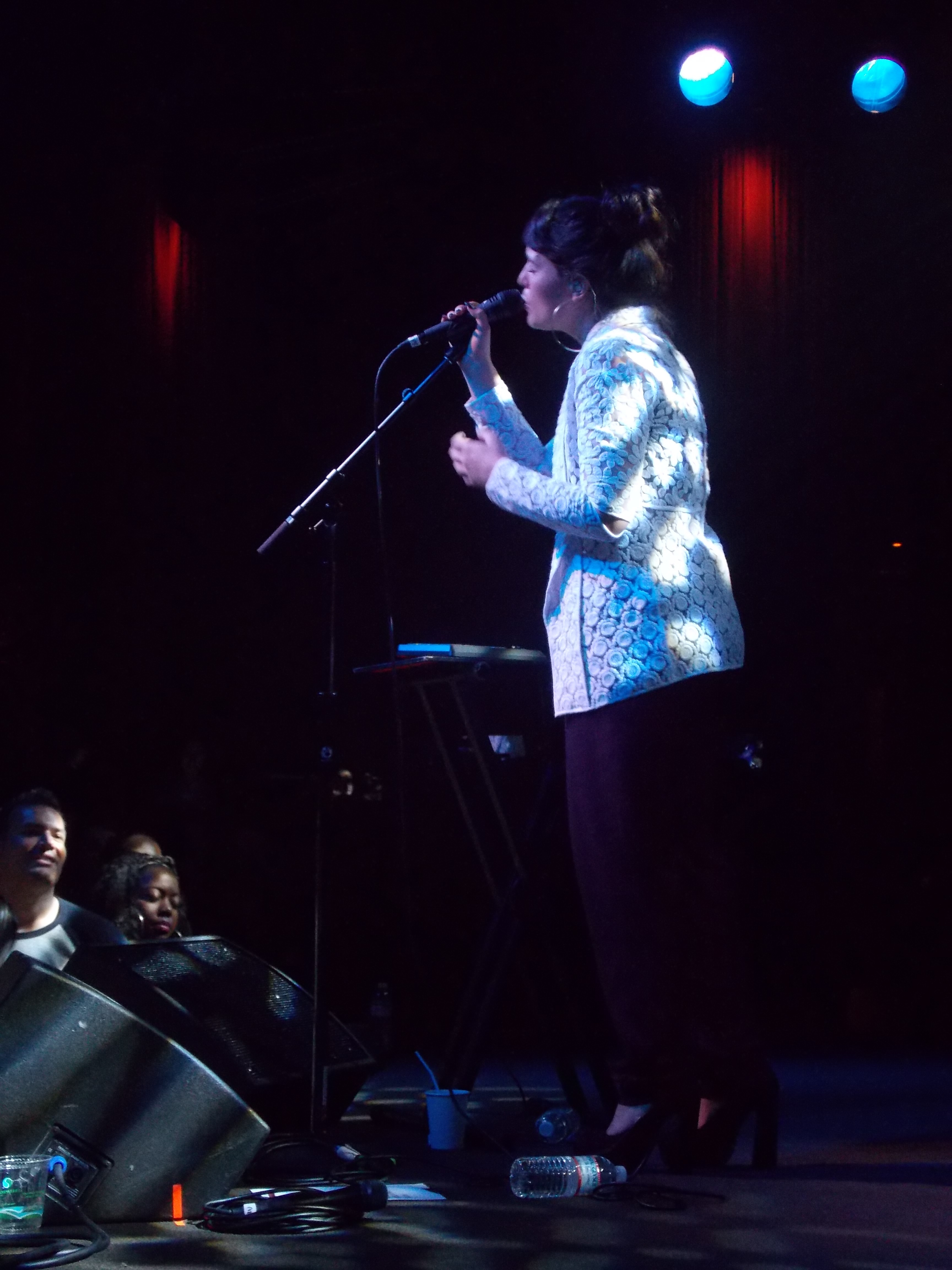I woke up this morning wondering if I could pull off an orange jumpsuit. I wasn’t contemplating how I would fare in a state penitentiary, mind you, but rather whether or not I was as cool as Lorde.
It’s Wednesday night at the Fox Theater in Oakland and, clad in an wide-legged orange jumpsuit, Lorde looks like the newest addition to Orange Is the New Black. The oversized one-piece cinches at the waist and is cropped at the elbow and calf. It’s not particularly flattering, but Lorde rocks it. She marches on stage in her signature footwear: clunky black leather platform boots. When the singer turns around the suit reveals a horizontal cutout in the middle of her back — just a hint of sex appeal.
She’s not trying to impress the boys, though. The jumpsuit at times gives the singer a slight camel toe. In stark contrast to her peers, the Disney princesses and even the post-Disney Miley Cyrus, Lorde revels in darkness, growing pains, and awkward dancing.
When she’s performing on stage, it’s easy to forget that Ella Marija Lani Yelich-O’Connor is only 17 years old. The New Zealand singer known as Lorde was launched into international fame when her first single, “Royals,” became radio’s most played song last summer. What began as the summer’s catchiest tune quickly turned into an overplayed hit that even Lorde herself tried to ban from the radio.
From the first song of the set, Lorde commands her audience into a deep trance with “Glory and Gore.” She walks to the center of the stage, where she meets the microphone, and dives right in. A single spotlight shining from above shadows the singer’s face as she chants the opening verse. All you have is her voice, the silhouette of her long curly mane and hints of spastic movements. The awkward dancing is utterly relatable, a combination of an epileptic fit and teenage white girl dance that I’ve certainly been a victim of. In the split second that the bass drops, strobe lights shine directly onto Lorde’s face. When the strobes hit, she sings out to the audience, dramatically unveiling her signature pale complexion and dark lipstick.

Lorde. All photos by Charles Russo.
Curly-haired, black lipstick-sporting clones squeal in excitement after her opening song. The curtain rises as Lorde launches into “Biting Down,” the darkest track on the extended issue of her debut album, Pure Heroine. The trance-like song is layered with deep synths and repetitive vocals. “It feels better biting down,” she repeats over psychedelic instrumentals. Her two-person band sports an all-white ensemble. The keyboard player and drummer’s outfits resemble straightjackets, furthering the correctional institution feel. White kaleidoscope lights project out to the audience, onto the ornate walls of the Fox Theatre and onto the ostentatious chandelier balancing above stage. The monochromatic strobe lights and costumes put all eyes on the lady in red. Tonight, we are in the Dark Lorde’s world and she is the ruler.
“It’s so good to see you again,” she croons. Last time she was in San Francisco was for Not So Silent Night; this time, it’s for the last leg of her US tour. “Beautiful city by the way, so green.” A definite reference to the city’s favorite pastime.
With “Buzzcut Season,” three screens display a daze of water reflections. The poetic lyrics written by the singer herself builds imagery of serenity and solace. Lorde hides behind a sea of lights. Her silhouette sways back and forth in a dreamlike state. She brings us away from the dreariness of the world and into the beautifully twisted realm of her dreams. Lorde glides her hands through the air to the rhythm of the music. The deep trance sets in with “Swinging Party,” a track that exposes the natural vibrato of Lorde’s dark voice over soft synths. Mirrored projections of Lorde’s performance hit the screen, creating a kaleidoscope of her face.

The visuals build throughout the show, from all-white lights to rich purple, red, and orange hues that saturate the stage. Smoke machines create a dark playground for the young ruler. Lorde comfortably plays with the shadows, dances in the smoke, and hides from the light. She touches the security blanket that is her hair and whips it back and forth as she bends over in song.
The familiar horn of the opening of “400 Lux” signals my favorite song. The bass drops, and visuals of moving landscapes hit the screen as she belts out exceptional vocals. “We’re never done with killing time / Can I kill it with you?” The poetic lyrics dismiss any feelings of unworthiness — she likes you. The Lorde then covers Son Lux’s “Easy” as she sways in and out of the eerie smoke. Later, the spectacular rendition of “Royals” makes the song bearable, retrieving memories of summer bliss. The slight remix carries entrancing vocals and repetitive verses. Her voice echoes phenomenally through the hollow hall, and giant ornate digital crowns are displayed on the screen during the chorus, cementing Lorde’s title as our ruler.
“Oakland, you’re here,” the Dark Lorde hums affectionately. The crowd wails back in admiration. “You sold out this theater tonight, because you’re 17 or you’re 15 or you’re 22. You’ve gone through it. You understand what it’s like to feel like this. And I’m so lucky that every night I get to play in a different city, a different theater full of people who understand what I’m talking about…who get it. There is nothing more important that that connection.”

After singing “Ribs,” Lorde dives into her finale. She performs her third single, “Team,” which becomes a psychedelic rave. A rain of purple, white, and pink lights shower the stage and the singer sneaks offstage in a mesmerizing 30-second interlude of instrumentals and beautifully entrancing lights.
She reemerges, not in her plebeian jumpsuit but in an ostentatious metallic lamé number. Lorde opens her arms to reveal a gold gown with a long gold cloak attached to her hands. The cape gives her gold wings — only the best for our queen. Like a phoenix, the awkward teenager dies and is reborn into full-fledged royalty. She belts out the chorus to “Team” one final time. Shots of Lorde-stamped confetti jet into the air, floating majestically down to her worshippers.
Lorde closes the show fittingly with the final song from Pure Heroine, “A World Alone.” The stark guitar, dreamy beats, and symbolic lyrics bring the sublime performance to its end. “You’re my best friend and we’re dancing in a world alone,” she tenderly sings to the crowd. The 15-year-olds, 17-year-olds, the 22-year-olds gaze at the teenager onstage, mesmerized by her honesty, poetic genius, and ability to transcend puberty. If only we could all come out of our awkward teenage years in a gold lamé cape.


